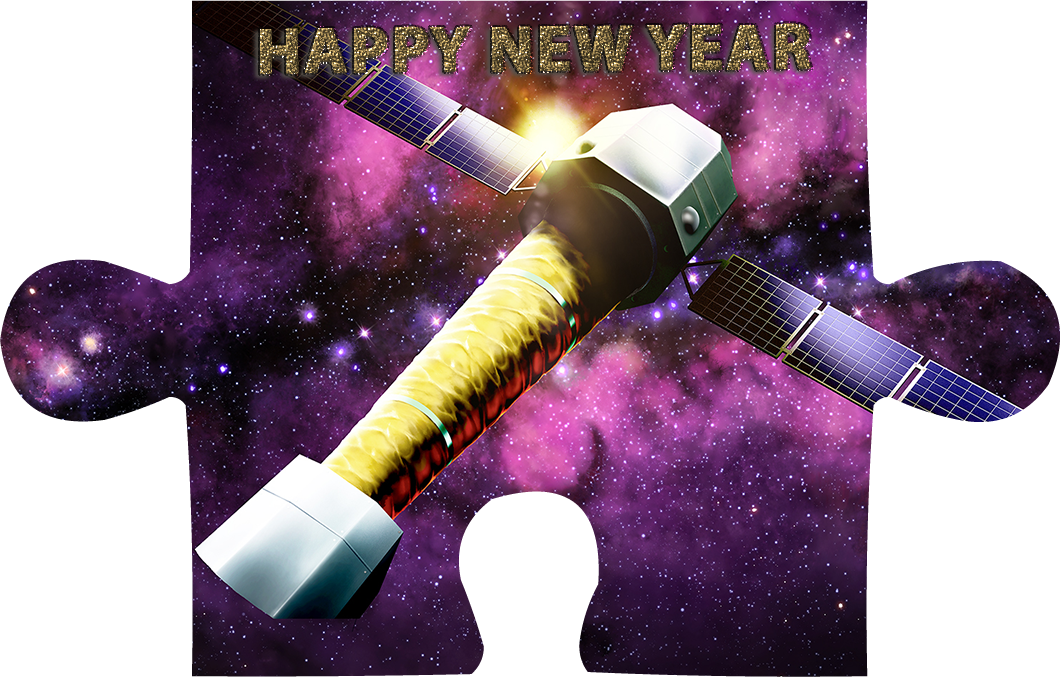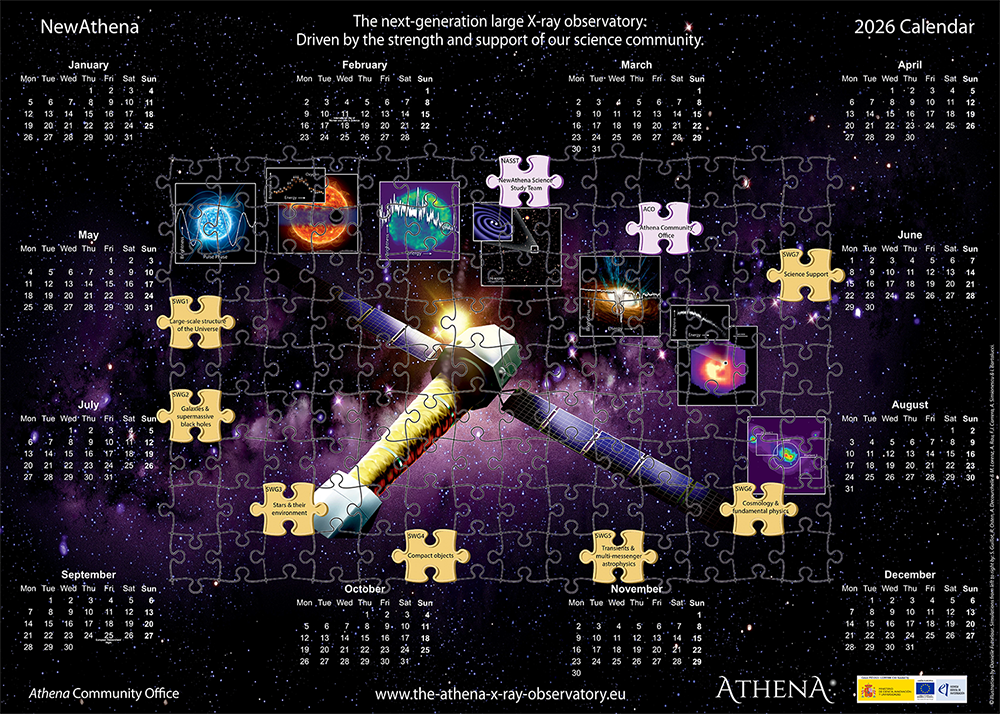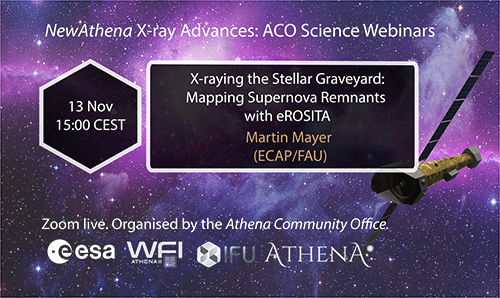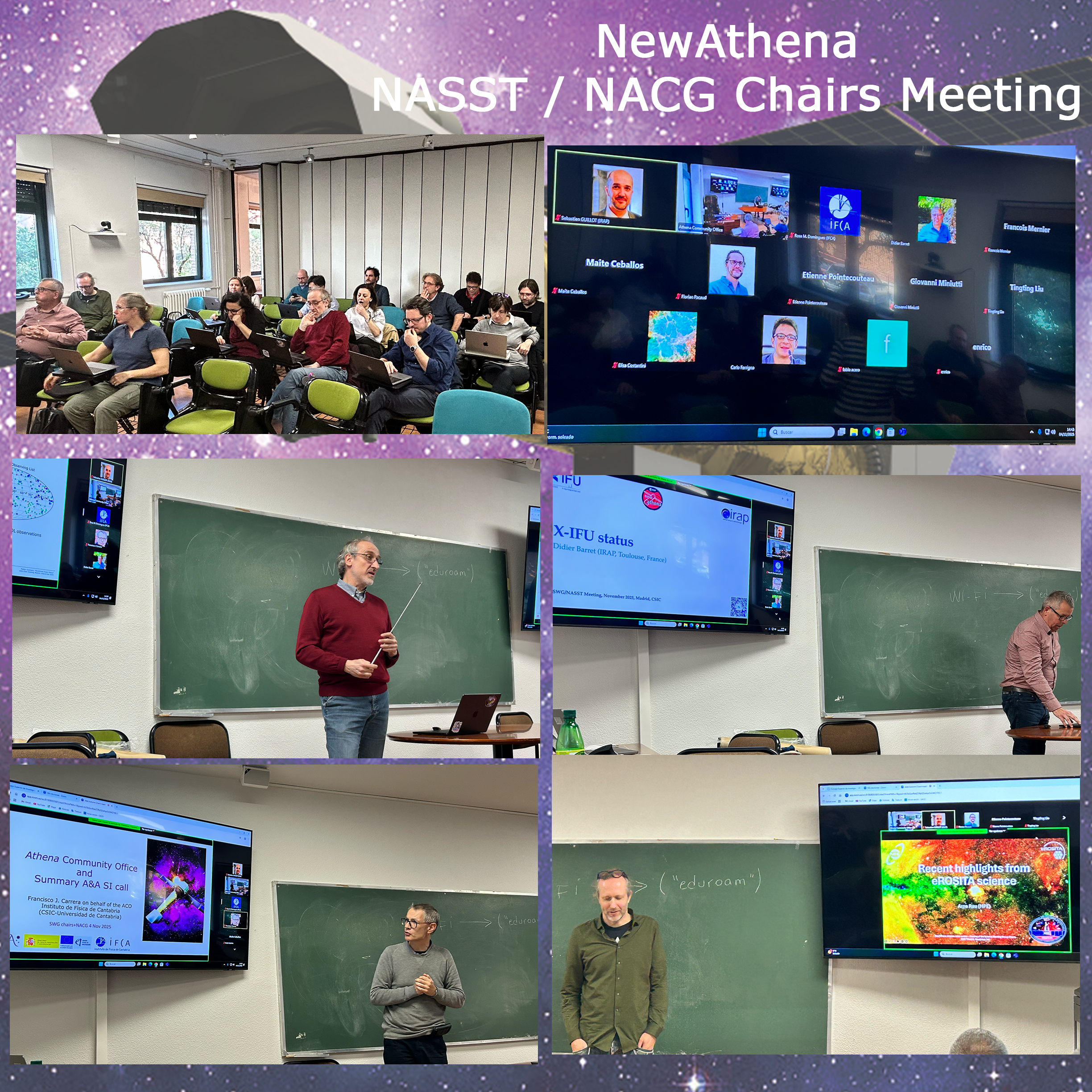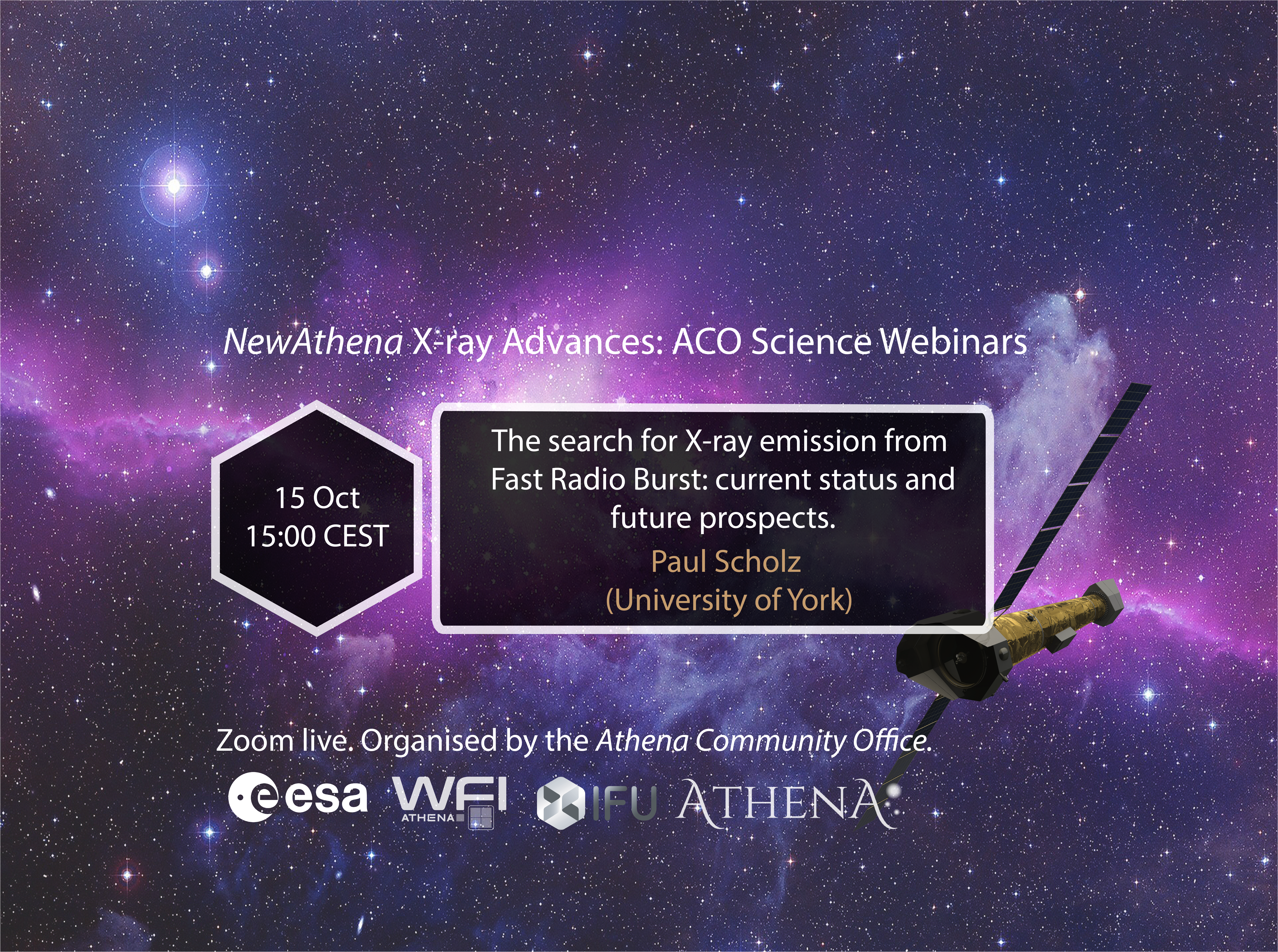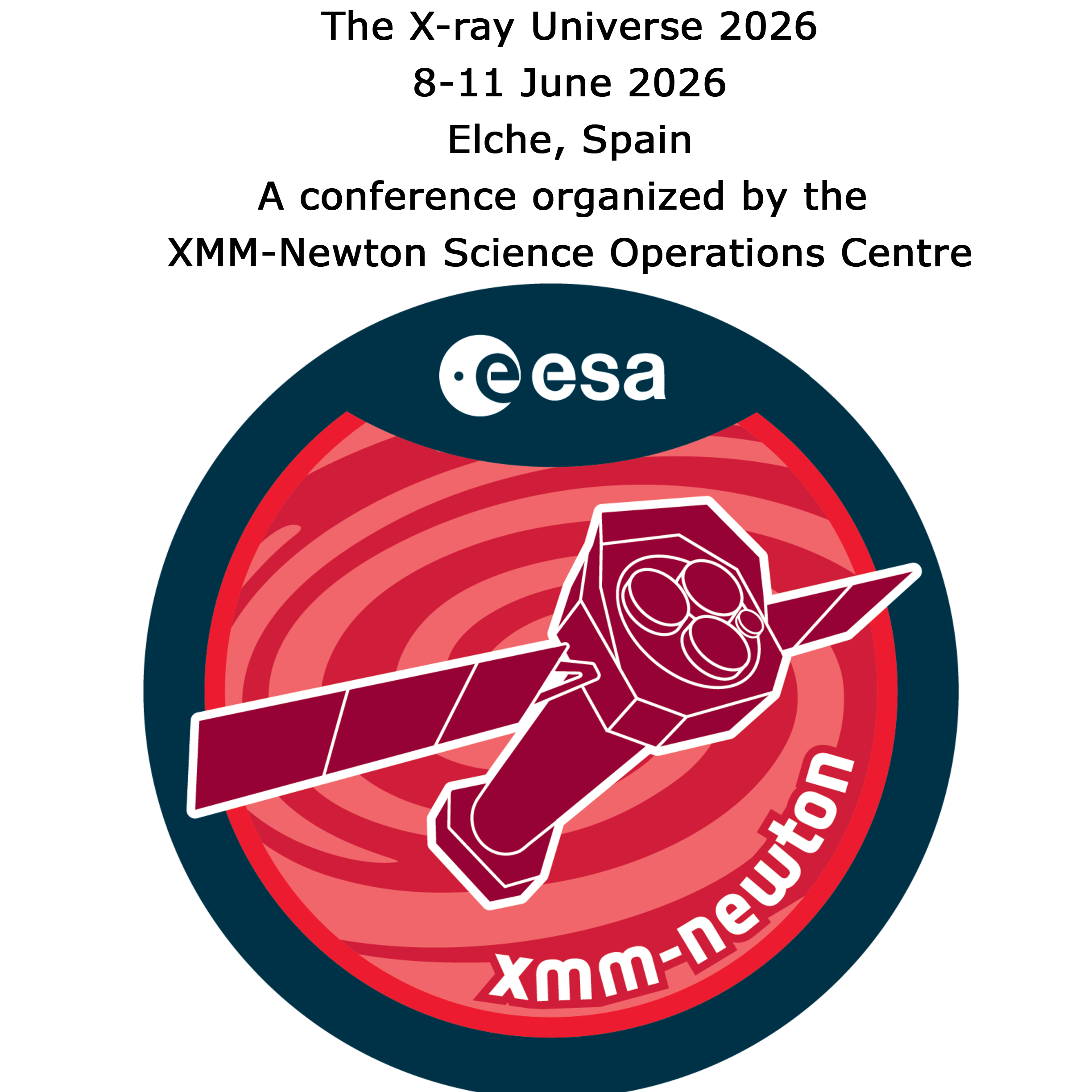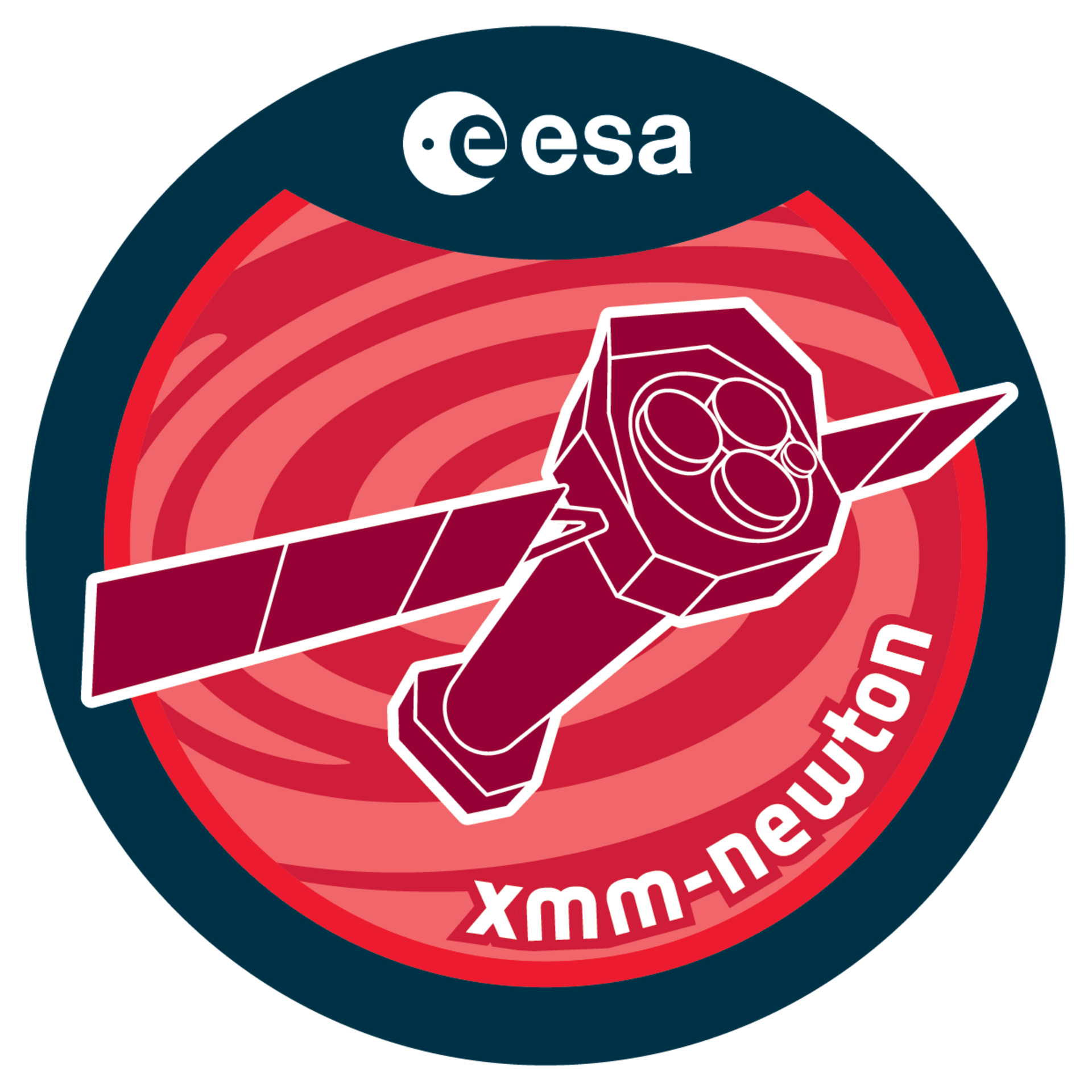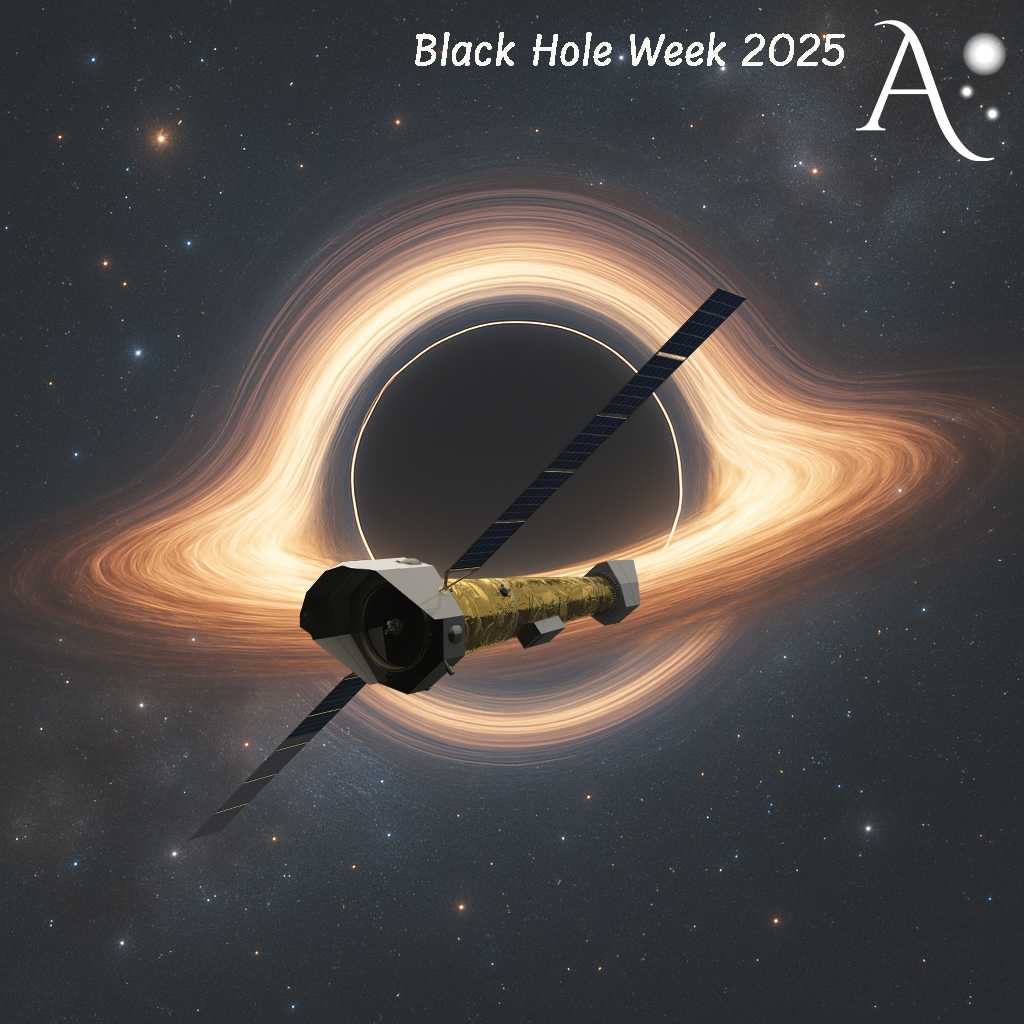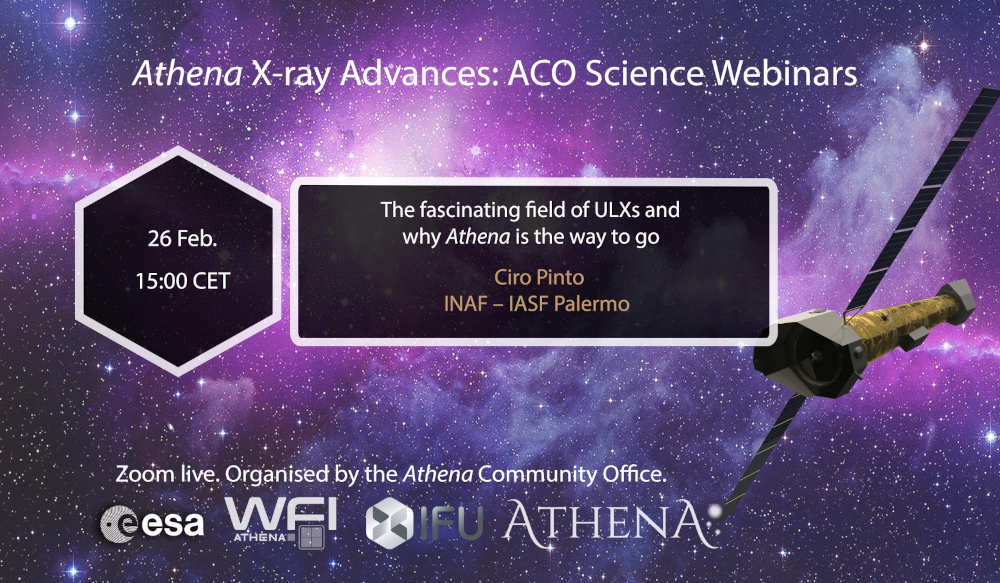
Athena X-ray Advances series: webinar by Ciro Pinto
The next webinar of the “Athena X-ray Advances: Science Webinars” is forseen on the 26th of February from 3 to 4 pm CET. Ciro Pinto (INAF-IASF Palermo) will give the webinar entitled: The fascinating field of ULXs and why Athena is the way to go.
Abstract
Most stars in galaxies are found in binaries, many of which are interacting systems, with matter transferring from one star (the companion) to another (the compact object). The transferred matter forms an accretion disc where friction heats it and makes it shine throughout the whole electromagnetic band, often with peaks in X-rays (X-ray binaries). The brightest among them are the ultraluminous X-ray sources (ULXs), which reach luminosities of 10^41 erg/s, i.e. several hundred times the Eddington luminosity limit of a neutron star. The discovery of pulsations, winds and extremely soft X-ray spectra suggests that most ULXs in nearby galaxies are powered by neutron stars and stellar-mass black holes accreting well above their Eddington limit. Without a doubt they represent the most extreme X-ray binaries, exhibiting powerful winds in the form of X-ray absorption lines blueshifted by up to 30% of the speed of light. Such winds carry a huge amount of power owing to their relativistic speeds, are likely able to inflate the 100 pc superbubbles observed around many ULXs and regulate matter accretion onto the compact objects. This may also explain why some ULXs (especially the pulsating ones) are transients. Several fundamental problems still remain open despite two decades of thorough studies such as the nature of the spectral transitions, the distribution of black holes and neutron stars within the compact objects, the structure of the winds and the net accretion rate onto the compact object. Many of these unknowns are due to some limitations in the current instruments. Here, I will provide an overview of the ULXs research field, highlight some recent results and show how future missions, and in particular, Athena will revolutionise the way we study ULXs.
The webinar connection details are as follows: https://us06web.zoom.us/j/87017518467?pwd=GgaNDjaYKNWuXwGXKWVGzvj6Xkn1AH.1 Passcode: 286871
Further information, including the code of conduct, is accessible on the dedicated website.

Latest News
